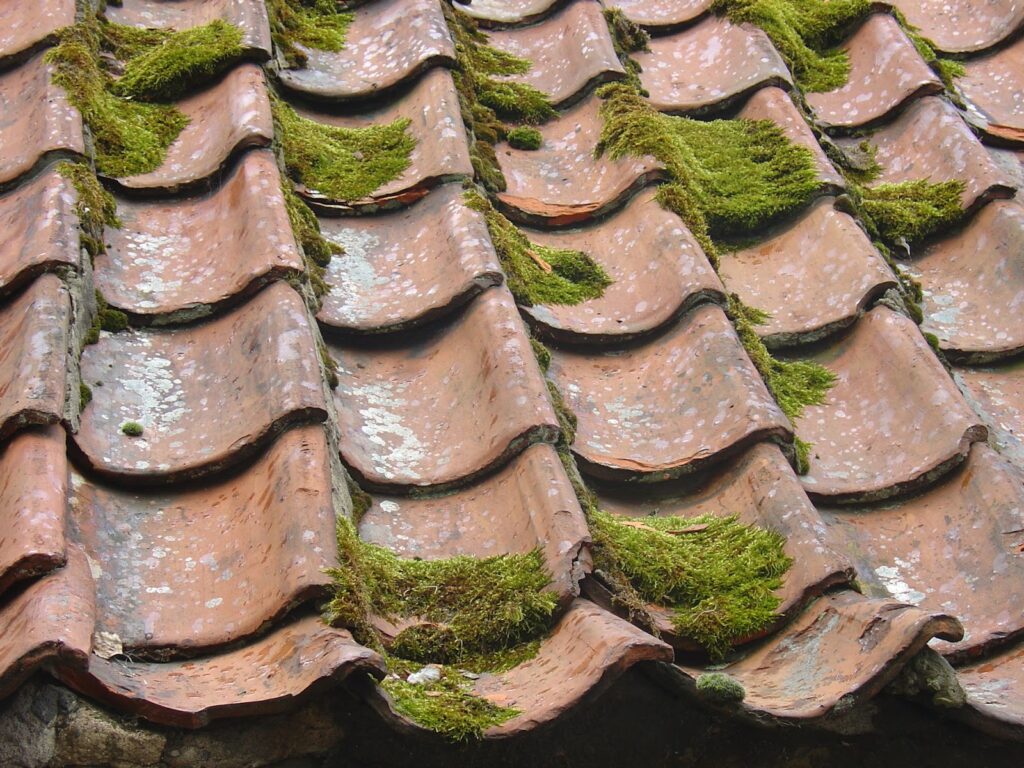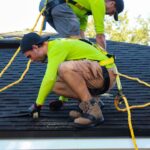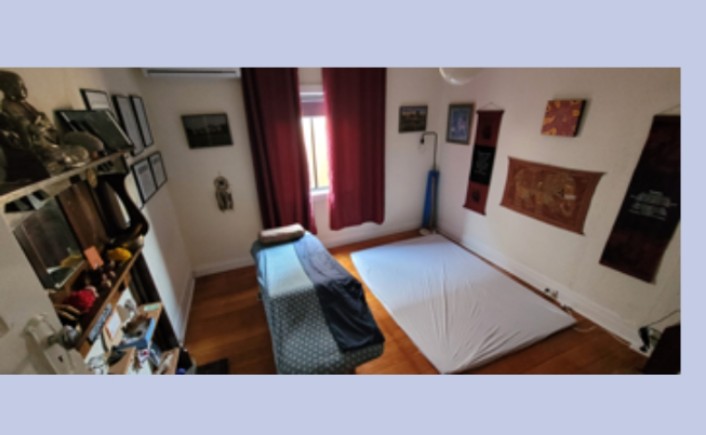A quality roof is built to endure years, if not decades, of exposure to the elements. Yet for many property owners, their roofs begin to deteriorate well before the advertised lifespan is reached. Whether it’s a 20-year asphalt shingle roof showing signs of wear after just 12 years or a metal roof developing leaks far too soon, premature roof failure is more common than many realize, notes Windermere Property Management Specialists.
Understanding the reasons why roofs underperform can help homeowners and property managers prevent costly repairs, extend the life of their investment, and avoid unexpected roofing emergencies. Below are some of the most common factors that cause roofs to fail sooner than they should, and what can be done to prevent them.
Inadequate or Poor-Quality Repairs
One of the leading culprits behind a failing roof is inadequate repair work. Quick fixes that only address surface-level issues often leave underlying damage untreated. Patching a leak without checking the decking underneath may allow moisture to continue weakening the structure. Over time, these superficial fixes add up, and what could have been minor damage can evolve into a much larger problem.
This issue is especially prevalent after severe weather events. Homeowners may rush to fix storm roof issues with the first available contractor, often without checking their credentials or the scope of the repair. A temporary patch or incorrect installation method may look fine at first, but will likely lead to further deterioration if not properly addressed.
Always work with licensed, insured roofing professionals who have experience with the specific type of damage your roof has sustained. A thorough inspection and a long-term repair strategy will ensure lasting protection rather than just a short-term solution.
Improper Installation
Even the highest-grade roofing materials won’t perform well if installed incorrectly. Poor installation is one of the top reasons roofs fail early. It includes everything from misaligned shingles and improperly installed flashing to inadequate sealing and nailing.
Rushed installations, unskilled labor, or cutting corners to reduce costs can compromise the entire roofing system. Improper installation may not be obvious at first, but it often reveals itself over time in the form of leaks, shifting tiles, sagging areas, or even complete sections blowing off during storms.
To avoid this, always verify that the roofing contractor has proper certifications, a strong reputation, and experience with your roof type. Ask about warranties that cover both materials and labor and ensure the company follows local building codes and manufacturer installation guidelines.
Poor Ventilation and Insulation
A roof is more than just what you see on the outside. Without proper attic ventilation and insulation, heat and moisture can build up beneath the roof’s surface, leading to a host of problems. In summer, trapped heat can cause shingles to warp and crack, while in winter, poor ventilation can contribute to ice dams that damage the edges of your roof.
Moisture buildup due to poor airflow can encourage mold growth and rot in the decking and rafters. This kind of hidden damage can be difficult to detect until it becomes severe, and by then, it often requires costly remediation.
Proper ventilation involves both intake and exhaust vents that allow air to circulate through the attic space, maintaining balanced temperatures and humidity levels. Regular inspections by a knowledgeable contractor can help identify and resolve ventilation issues before they lead to significant roof damage.
Lack of Maintenance
Roofs require ongoing care, but many property owners adopt an “out of sight, out of mind” mentality. Without routine maintenance, small issues go unnoticed and unaddressed until they escalate into major problems. Clogged gutters, for example, can cause water to back up under shingles and rot the fascia. Neglected flashing or sealant cracks can allow leaks to form around chimneys, vents, and skylights.
Most roofing professionals recommend biannual inspections, typically in the spring and fall, to assess for damage, clear debris, and make minor repairs. Addressing wear and tear promptly helps extend the lifespan of your roof and prevent sudden, expensive failures.
Harsh Environmental Conditions
While some roofs are rated to last 20 to 50 years, their performance is heavily influenced by the climate. Constant exposure to sun, wind, rain, hail, and snow wears down materials over time. In regions with extreme temperature swings, the expansion and contraction of roofing materials can lead to cracking, loosening, and eventual failure.
Salt air near coastal areas can corrode metal components, while frequent freeze-thaw cycles in colder climates can break down shingle integrity. While you can’t control the weather, you can choose roofing materials designed for your local environment. For example, impact-resistant shingles may hold up better in hail-prone areas, while metal roofs can shed snow more effectively in colder regions.
Animal and Pest Damage
Birds, squirrels, raccoons, and insects can take a toll on your roof. Animals often nest in attics or under loose shingles, chewing through wood and insulation in the process. Insects like termites and carpenter ants may cause unseen structural damage if not dealt with promptly.
Preventative measures include trimming back tree branches, securing entry points, and conducting periodic inspections of roof eaves, soffits, and vent openings. Catching infestations early can prevent extensive damage to both the roof and the rest of the structure.
A roof that fails early is not just an inconvenience, it’s a major financial burden. Fortunately, most premature roof failures are preventable with the right approach. By investing in quality materials, hiring experienced professionals, performing regular maintenance, and preparing for local environmental challenges, property owners can significantly extend the life and performance of their roofs.






